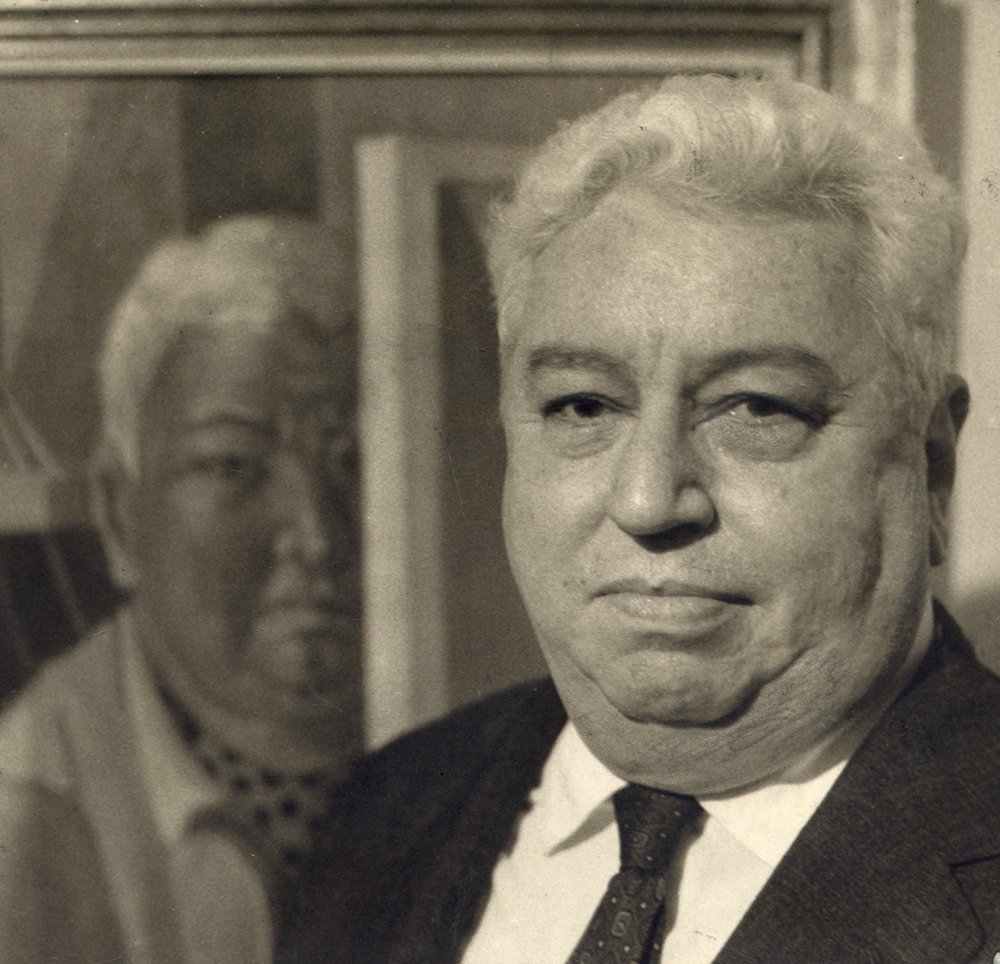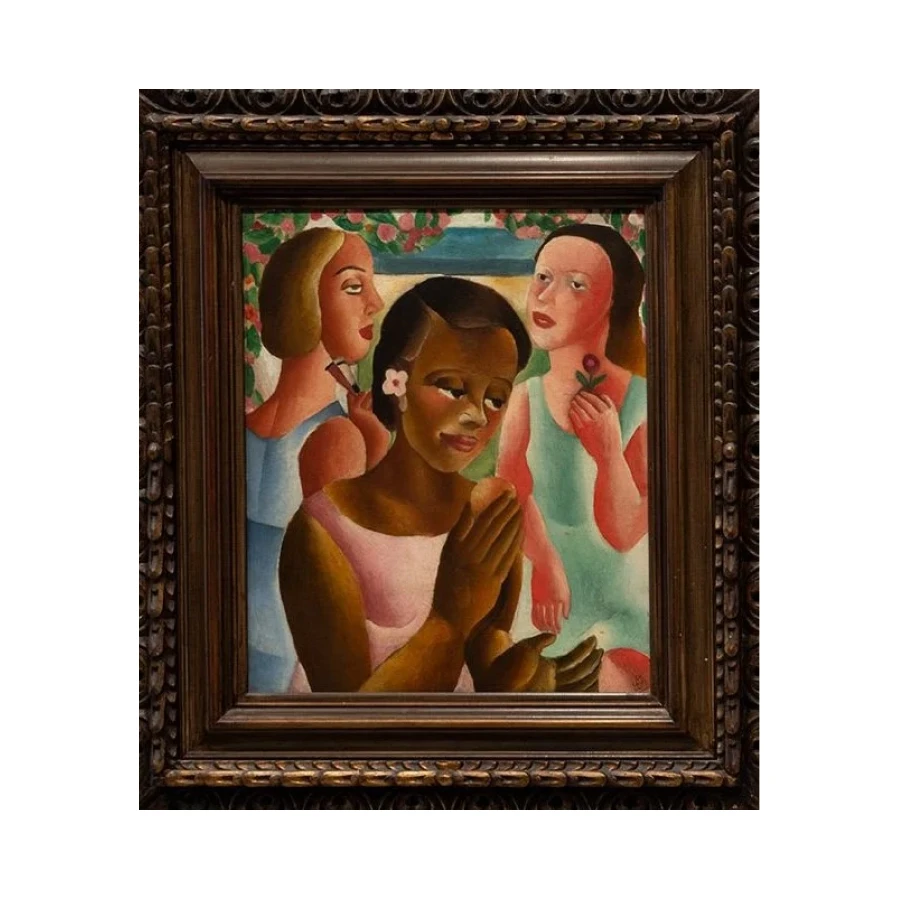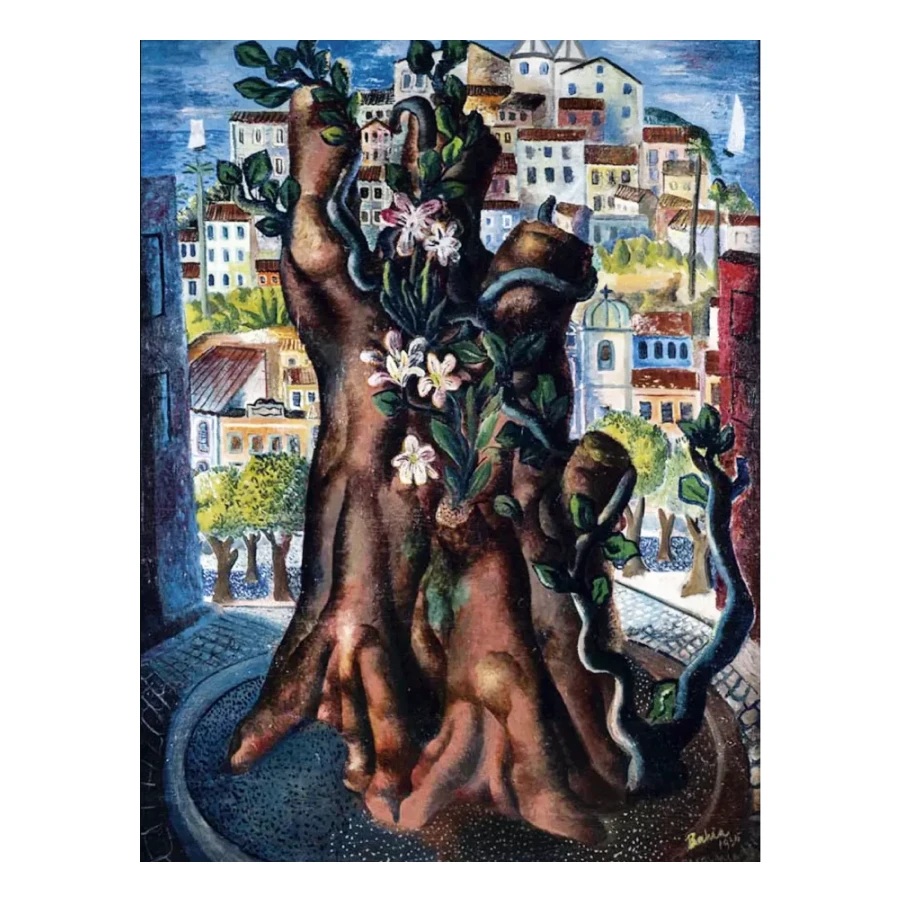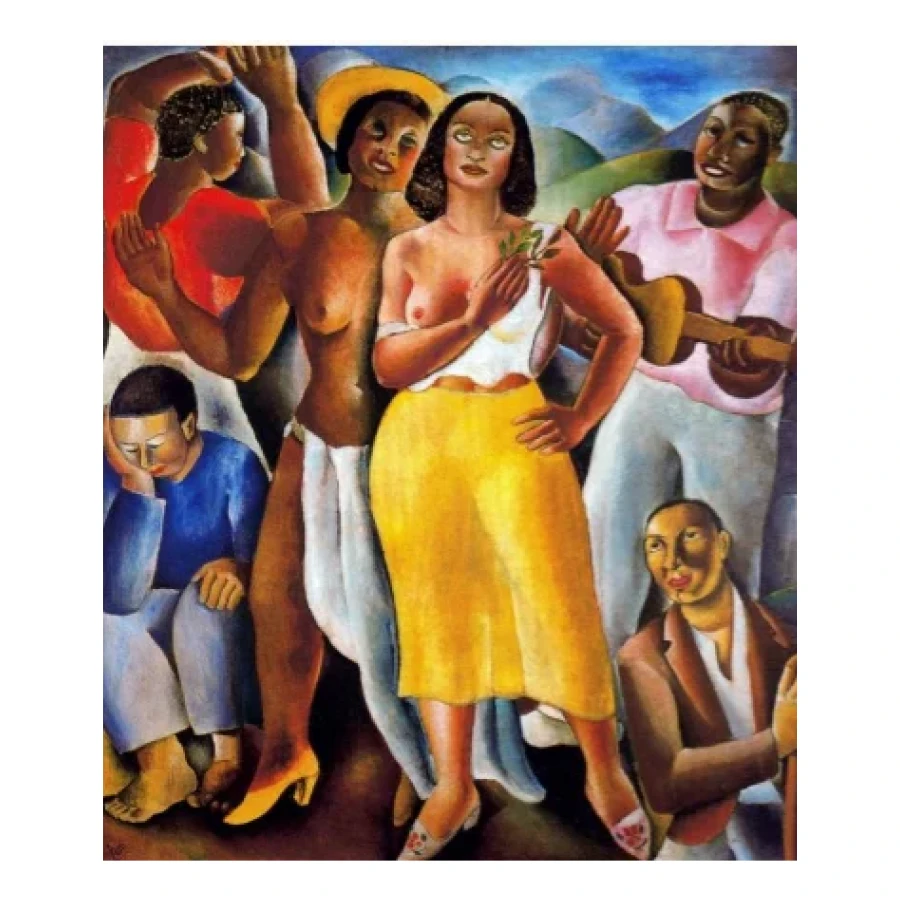Emiliano Di Cavalcanti studied at the National School of Fine Arts in Rio de Janeiro and later traveled to Europe, where he immersed himself in the avant-garde art movements of the time. Influenced by artists like Pablo Picasso and Henri Matisse, Di Cavalcanti developed his unique style characterized by vibrant colors, bold brushstrokes, and a fusion of Cubist and Brazilian folk art elements. Di Cavalcanti’s work often depicted scenes from everyday life in Brazil, capturing the essence of its people, culture, and social issues. He portrayed the diversity and vitality of Brazilian society, exploring themes such as carnival, Afro-Brazilian culture, and the struggles of the working class.
Through his art, Di Cavalcanti aimed to convey a sense of national identity and pride, challenging the Eurocentric art traditions prevalent at the time. Throughout his career, Di Cavalcanti participated in numerous exhibitions and received recognition both in Brazil and internationally. He was one of the founding members of the “Grupo dos Cinco” (Group of Five), a collective of modernist artists that included Tarsila do Amaral, Anita Malfatti, Menotti Del Picchia, and Oswald de Andrade. Together, they played a crucial role in shaping the modern art scene in Brazil.
Di Cavalcanti’s artistic achievements were not limited to painting. He also worked as an illustrator, poet, and journalist, contributing to the cultural and intellectual discourse of his time. His multifaceted talent and dedication to the arts made him a prominent figure in the Brazilian art world. Today, Di Cavalcanti’s works can be found in prestigious collections and museums worldwide, including the Museum of Modern Art in New York, the Pinacoteca do Estado de São Paulo, and the Museu Nacional de Belas Artes in Rio de Janeiro. His legacy continues to inspire and influence generations of artists, and he remains an icon of Brazilian modernism.
Public Collections
Museu de Arte de São Paulo Assis Chateaubriand (MASP) – São Paulo, SP Pinacoteca do Estado de São Paulo (PESP) – São Paulo, SP Museu Nacional de Belas Artes (MNBA-RJ) – Rio de Janeiro, RJ.





